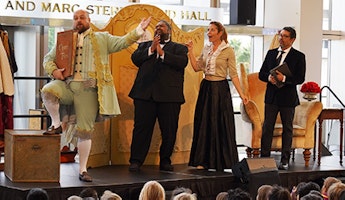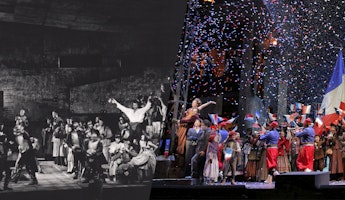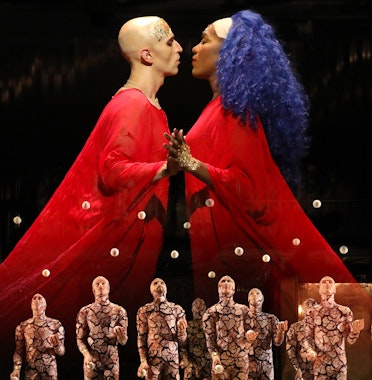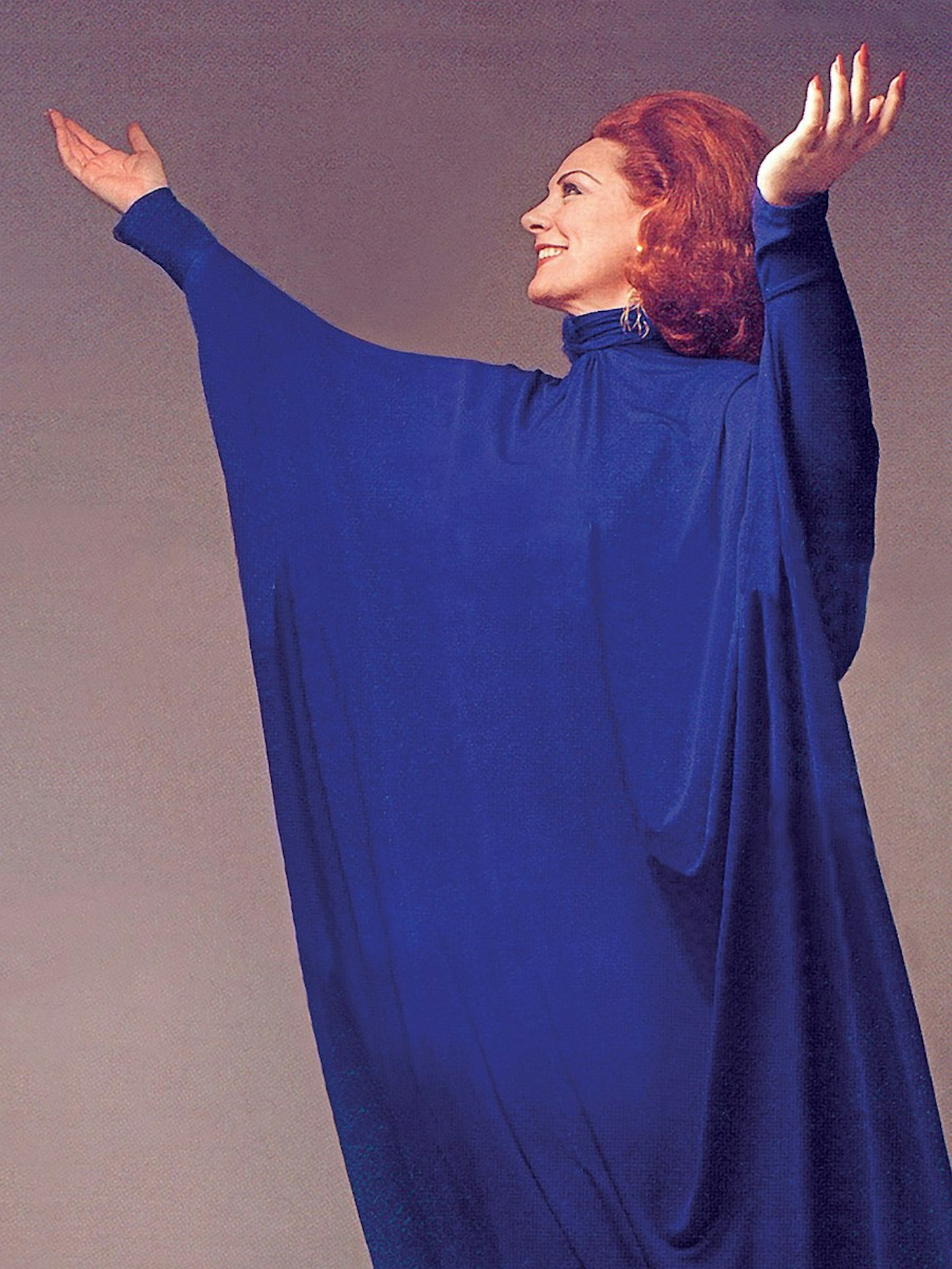Blog
July 10, 2024
Beefs in the Classical World
If there’s one thing that’s been unavoidable in music this year, it’s the beef between Kendrick Lamar and Drake. These two superstars have been at each other’s throats all year, with many of their diss tracks (disparaging tracks) charting, chiefly Lamar’s ”Not Like Us,” which debuted at number one on Billboard’s Hot 100 and recently had its music video released on July 4.
This clash of titans will doubtlessly go down as one of the greatest in history, and that history goes back further than you might think. While we tend to think of classical music as a cordial scene, the genre's icons were just as human as today’s chart-toppers. Even as far back as the 1500s, artists were feuding—whether it was for personal reasons or because their fans were pitting them against each other. Today, we’re looking back at some of classical music’s most infamous clashes, and how these artists treated each other despite their issues.
Johannes Brahms and Franz Liszt
Labeled as the “War of Romantics,” the feud between composers Brahms and Liszt was heavily pushed by the press. These two were musical pioneers who helped define the Romantic era of music in the 1800s, but they had very different musical ideologies. Brahm loved classical structures while Liszt embraced adventurous harmonies. These differences were most likely what led the press to pit them against each other, and there was no lack of animosity between the two in person. Brahms is reported to have fallen asleep during Liszt’s Piano Sonata in B minor, while Liszt famously called Brahms’ music “hygienic, but unexciting.” Luckily the beef never escalated to a duel (which was a prevailing trend at the time) and remained a verbal disagreement between two era-defining composers.
Wolfgang Amadeus Mozart and Antonio Salieri
There’s no way we couldn’t mention the rivalry between Mozart and Salieri, even if it may be one of the most overblown feuds in history. For those unfamiliar, Mozart and Salieri were both composers in Vienna turning the 1780s. Struggling to make a name for himself in Vienna, Mozart blamed Salieri for putting obstacles to prevent the staging of Mozart's operas. Mozart’s complaints are evident in his letters to his father Leopold Mozart, a fellow composer, and his father supported Mozart’s frustrations with Salieri. The beef would become public in 1786 when Emperor Joseph II held an opera composition competition; Mozart was considered the loser. Mozart referenced this competition in The Magic Flute with the Papageno-Papagena duet, which has similarities to a soprano aria from Salieri’s Prima la musica e poi le parole.
With all this beef as background, after Mozart’s death, rumors began that Salieri had poisoned him, though there’s no evidence for this. And despite their rivalry, there’s also evidence that the two supported and enjoyed each other’s work. However, that wouldn’t stop the spread of stories pitting the two against each other. These included an 1830 verse play by the Russian poet Alexander Pushkin, which was adapted into an 1897 opera by Nikolai Rimsky-Korsakov. More recently, Peter Shaffer’s hit 1979 play Amadeus, about their rivalry, was adapted to an Academy-Award winning movie by Milos Forman in 1984. Amadeus greatly increases the drama between the two composers and portrays Salieri as a composer overwrought with jealousy. While it’s not exactly historically accurate, it cemented the rivalry between Mozart and Salieri for posterity. Especially with another adaptation on the way in the form of a mini-series starring Paul Bettany.
Sergei Prokofiev and Igor Stravinsky
The beef between Prokofiev and Stravinsky shows how much a single comment can affect a whole friendship. At first, the two were very cordial with each other. Stravinsky was even a direct influence on Prokofiev. While we’ve all heard the phrase “don’t meet your heroes,” perhaps heroes shouldn’t meet their fans either. Prokofiev insulted his musical hero Stravinsky by saying the opening of his ballet Firebird had “no music.” This comment did not sit well with Stravinsky, and 12 years later he would return the insult when Prokofiev showed him the vocal score for his opera The Love for Three Oranges. Unimpressed, Stravinsky stated that Prokofiev was “wasting time composing operas.” This led to a huge argument that, Prokofiev recalled, would have led to a physical fight had they not been forcibly separated. The rift never healed, and Stravinsky was critical of Prokofiev for the rest of his career.
Maria Callas and Renata Tebaldi
If you’re an opera fan, it should be no surprise to see these two on our list. Two of the greatest sopranos of the mid-20th century, they were international icons with performance styles that couldn’t have been more different from each other. Tebaldi’s glory was her rapturously beautiful voice, tailor-made for Verdi and Puccini. Callas excelled as an excitingly dramatic performer on the stage, and she also brought bel canto operas back into the spotlight. They shared only a few roles. Their rivalry was an open secret in the opera world, although the two insisted it was only something created by the press and pushed by fans.
It all began in 1950 when they were alternating in the role of Violetta in La Traviata in Rio de Janeiro. During the run, they appeared in a gala concert, with the agreement that there would be no encores. Despite that, Tebaldi sang two encores. And then, making matters worse, Callas was fired from Traviata.
As Callas became more established, she was quoted comparing her own voice to champagne and Tebaldi’s to Coca-Cola. Tebaldi would make sharp comments herself, saying “I have one thing Callas doesn’t have: a heart.” Despite the insults, they also had words of praise for each other, with Callas saying that she sometimes wished she had Tebaldi’s voice and Tebaldi saying that Callas’ recording of La Gioconda was the best she had ever heard. Callas would go on to say that she and Tebaldi were too different to be rivals and after the passing of Callas, Tebaldi only had praise for her. With these two icons now gone, it’s impossible to know for sure how they truly felt. Whatever rivalry they felt was likely magnified by their fans and the press, pitting these two women, both at the top of their game, against each other.

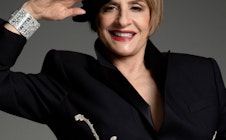




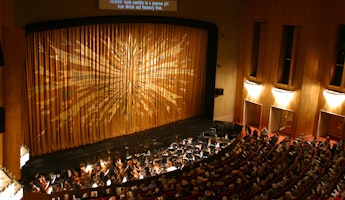

/03-cosi/_dsc0996_pr.jpg?format=auto&fit=crop&w=345&h=200&auto=format)
